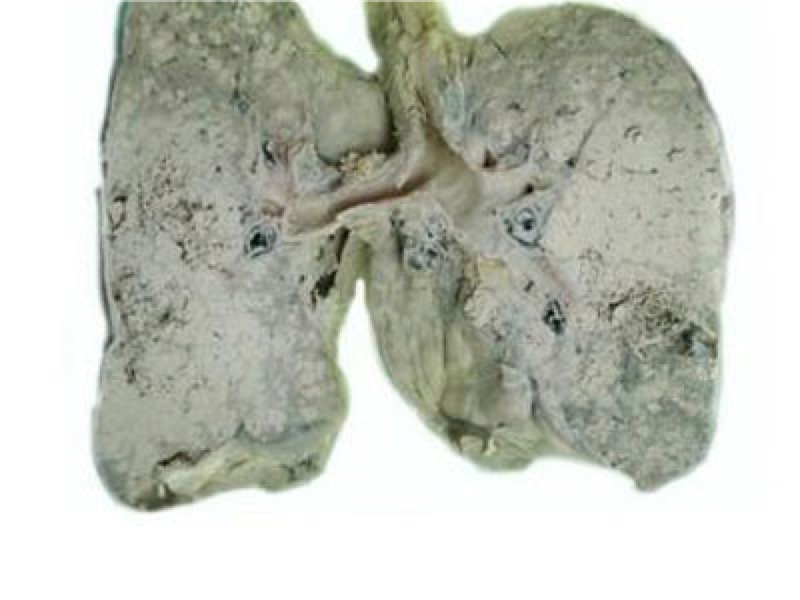What is peripheral lung cancer
Peripheral lung cancer refers to lung cancer that originates below tertiary bronchus and above respiratory bronchiole. More common with adenocarcinoma. The clinical symptoms of early peripheral lung cancer are not obvious, and the advanced symptoms have already reached when the symptoms are obvious.

Specific cause:
1. Smoking
It is currently believed that smoking is the most important high-risk factor for lung cancer. There are more than 3,000 chemical substances in tobacco, including multi-chain aromatic hydrocarbon compounds ( Such as: benzopyrene) and nitrosamine have strong carcinogenic activity. Multi-chain aromatic hydrocarbons and nitrosamines can cause bronchial epithelial cell DNA damage through various mechanisms, causing the activation of oncogenes (such as Ras gene) and the inactivation of tumor suppressor genes (such as p53, FHIT gene, etc.), which in turn causes cell Transformation, eventually cancerous.
2. Occupational and environmental exposure
Lung cancer is the most important type of occupational cancer. An estimated 10% of lung cancer patients have a history of environmental and occupational exposure. The following 9 occupational environmental carcinogens have been shown to increase the incidence of lung cancer: by-products of aluminum products, arsenic, asbestos, bis-chloromethylether (dichloromethyl ether), chromium compounds, coke ovens, mustard gas, nickel-containing impurities, vinyl chloride . Long-term exposure to beryllium, cadmium, silicon, formalin and other substances will also increase the incidence of lung cancer. Air pollution, especially industrial waste gas, can cause lung cancer.
3. Ionizing radiation
The lungs are organs that are more sensitive to radiation.
4. Previous chronic lung infection
For patients with tuberculosis, bronchiectasis, etc., bronchial epithelium may metastasize to squamous epithelium during chronic infection and cause cancer, but it is relatively rare .
5. Genetic and other factors
Family aggregation, genetic susceptibility and reduced immune function, metabolism, endocrine dysfunction, etc. may also play an important role in the occurrence of lung cancer. Many studies have shown that genetic factors may play an important role in people and/or individuals susceptible to environmental carcinogens.
6. Air pollution
The incidence of lung cancer in developed countries is high, mainly due to the combustion of petroleum, coal and internal combustion engines in developed industrial and transportation areas, and the generation of asphalt road dust Containing benzopyrene carcinogenic hydrocarbons and other harmful substances related to air pollution. Air pollution and smoking may promote the incidence of lung cancer and play a synergistic role.
Related Articles

- Early symptoms of lung cancer
- 2020-12-17

- Early Signs of Bladder Cancer
- What are the early symptoms of bladder cancer?
- 2020-12-17

- Is metastatic carcinoma easy to metastasize
- Once the cancer has metastasized, it will be very difficult to cure, because many people have lost their lives because of the emergence of cancer, so most people think that cancer is an un
- 2020-08-02

- What does microinfiltrating adenocarcinoma mean?
- Microinfiltrating adenocarcinoma is a type of lung cancer. The reason why it is called microinfiltration means that there is less infiltration around it, which means that it is in the early
- 2020-08-01

- How long can non-small cell adenocarcinoma live
- Adenocarcinoma is one of the most common malignant tumors in the world. Non-small cell adenocarcinoma accounts for about 80% of all adenocarcinomas. About 75% of patients are in the middle
- 2020-08-01

- Hand cancer
- Finger cancer generally refers to the appearance of skin cancer, which is characterized by local cauliflower-like skin and easy bleeding. Finger skin cancer is mostly a malignant tumor that
- 2020-08-01
